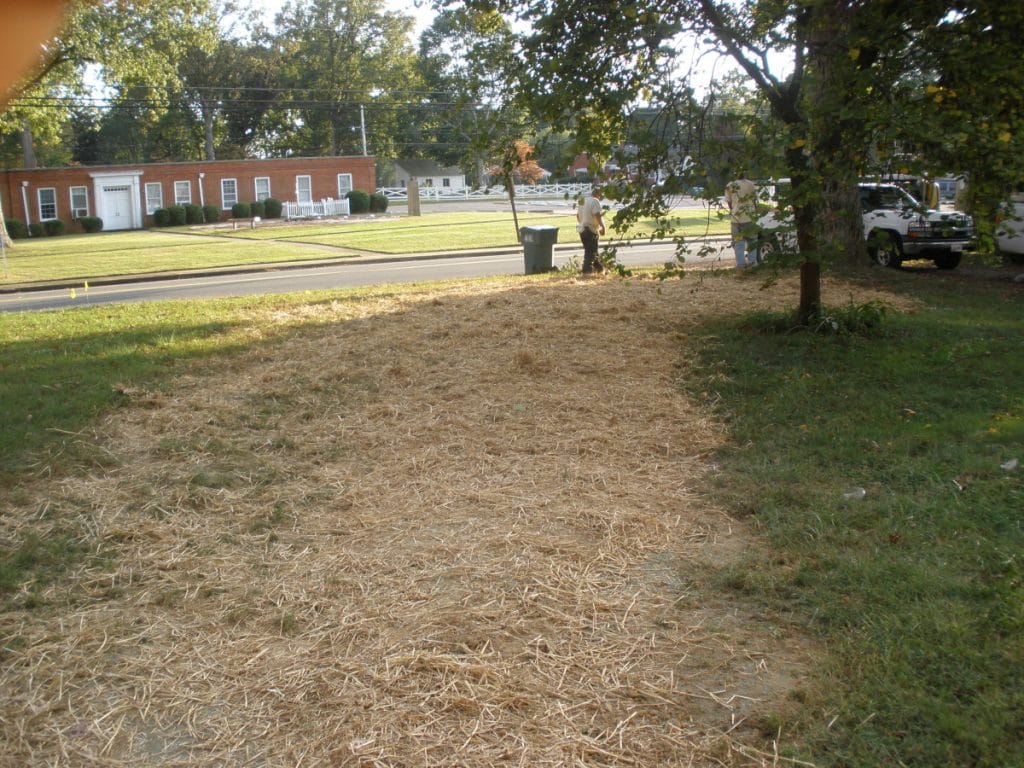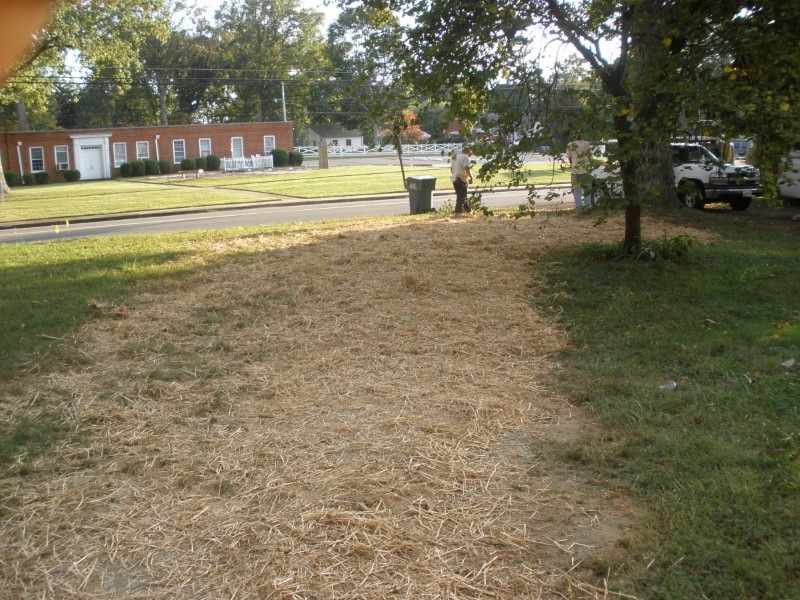
Of course, you had to consult your septic expert about the things that you had to consider. It wasn’t easy to focus on because of the other things that you had to consider. But you knew that you had to deal with it. When your septic expert discussed about the leach field, you knew that it was definitely a privilege. Not every homeowner knows about their own leach field in detail. Not every septic expert is generous enough to share such things because it would be a very large plus if the homeowner would depend on them to find the leach field and its components. They are usually paid extra for finding the lateral lines but your septic expert thought that it would benefit him as well if you knew where they were. This would mean that maintaining your septic system would be much easier and stress-free for both of you.
The conventional septic system has a drain field. This drain field also has the lateral lines that help disperse the treated effluent in the surrounding soil. These lines are perforated to equally distribute the effluent. It is crucial for the septic expert to install these lines properly and in good condition because of there are any damage or leakages, the entire septic system could fail in just twenty four hours.
The septic taught you how to find you’re lateral lines because he had to include the clients he had in caring for their own systems. Years of experience have helped install lateral lines in such a way that they are stable and ready to be part of the property. The lateral lines are installed 12-15 inches beneath the surface. The lines rest on the gravel layer, situated 18-24 inches underground. If you use your naked eye, the lateral lines are found where the grass is much greener in your yard. It would be easier for you to look for the lateral lines if the grass is very soggy and wet already. But that would tell you that there is already something wrong with the system. There are homeowners who like to mark their lateral lines with small plants like dogwood, holly, or boxwood. But your septic expert said that there should really be no plants over lateral lines except for the lawn grass.
If you want to have a richly ornamented garden, trees should be planted only up to 10 feet away from the nearest lateral line. You should avoid planting perennial plants, annual plants, shallow-rooted, and herbaceous plants. These will damage the lateral lines so even if you really love to have these on your lawn, you should just find some other place to plant them. It isn’t ideal for you to have a vegetable or fruit garden over your lateral lines because of the high risk in bacterial and viral contamination. It would also be very difficult for the effluent to evaporate.
Lateral lines should just be left alone with only lawn grass over them because if any other type of plant is placed over them, there is a great possibility that the roots would be invasive enough to damage the lines and cause failure to the system.
When your septic expert left, you had a renewed perception of the lateral lines. You knew that you had to divert the rain gutter away from it; prevent vehicles and construction over them; and always have them inspected. In caring for your septic system, make sure that you do your part and in the end, the system will take care of you. We hope this article helped answer the question of how to find your lateral lines.
